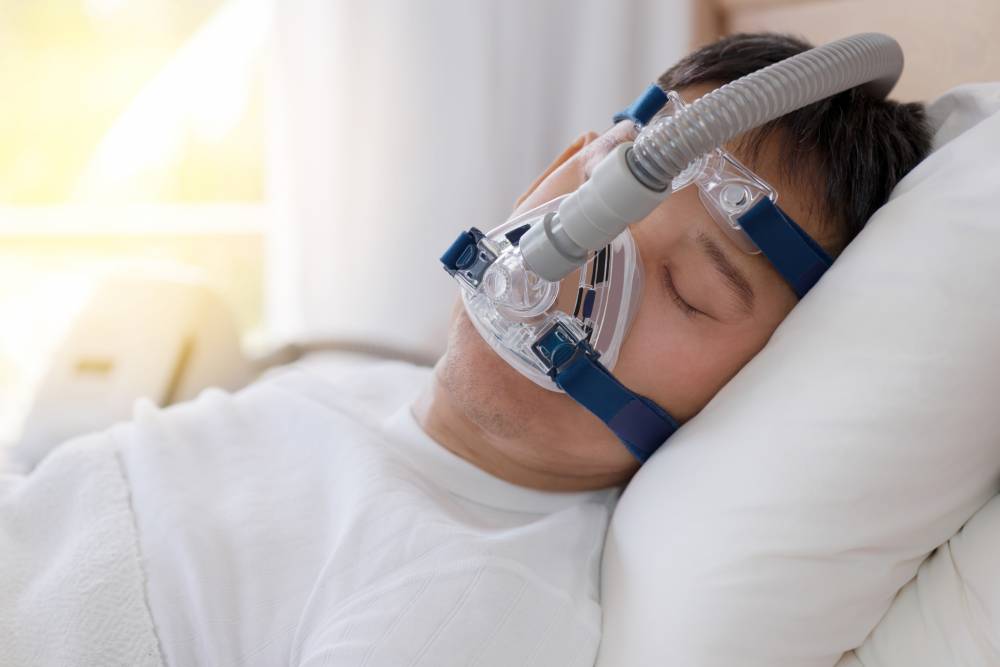
A new study conducted by Australian and Icelandic researchers has confirmed a long-suspected link between sleep apnea and the development of Alzheimer’s disease.
While the cause of Alzheimer’s disease is still a mystery, the study found that amyloid plaques, which are toxic to brain cells, start in the same place and spread in the same way in the brains of people with sleep apnea, as they do in the brains of people with Alzheimer’s.
The amyloid plaques are known indicators of Alzheimer’s disease, and lead investigator, Professor Stephen Robinson said that while scientists have known that the two diseases are related, they have been unable to confirm a connection.
“We know that if you have sleep apnea in mid-life, you’re more likely to develop Alzheimer’s when you’re older, and if you have Alzheimer’s you are more likely to have sleep apnea than other people your age,” he said.
“The connection is there but untangling the causes and biological mechanisms remains a huge challenge.
“Our study is the first to find Alzheimer’s-like amyloid plaques in the brains of people with clinically-verified obstructive sleep apnea.
“It’s an important advance in our understanding of the links between these conditions and opens up new directions for researchers striving to develop therapies for treating, and hopefully preventing, Alzheimer’s disease.”
Another similarity between the two diseases that has been found is a correlation between the build-up of amyloid plaques and the severity of the diseases. And while the treatment of sleep apnea with continuous positive airway pressure (CPAP) is the most common approach to ease the day-to-day symptoms of sleep apnea, like disturbed sleep and helping to prevent breathing interruptions during sleep, researchers have found that using CPAP machines showed no difference in preventing the buildup of these toxic plaques on the brain.
Other studies into dementia in the United States of America have developed new and inexpensive screening for dementia. The new sleep study, by Harvard University and affiliates, creates a Brain Age Index (BAI) which ages the brain to tell researchers whether there has been premature ageing, or whether the person has the potential to develop ageing that results in dementia.
The test produces an estimate in the difference between the chronological age and the biological age of the person’s brain. By using an electroencephalogram (EEG) to take electrical measurements during the person’s sleep, the machine can estimate the age difference, and tell us whether the person is suffering from a deviation from normal brain ageing. This deviation could signify the presence and severity of dementia.
“The model computes the difference between a person’s chronological age and how old their brain activity during sleep ‘looks,’ to provide an indication of whether a person’s brain is aging faster than is normal,” said senior author M. Brandon Westover, investigator in the Department of Neurology at MGH and director of Data Science at the MGH McCance Center for Brain Health.
“This is an important advance, because before now it has only been possible to measure brain age using brain imaging with magnetic resonance imaging, which is much more expensive, not easy to repeat, and impossible to measure at home,” added Elissa Ye, the first author of the study and a member of Westover’s laboratory.
With more than 936 million people worldwide and up to 30% of older people living with sleep apnea, finding and confirming these types of links is a useful step in the ongoing studies into how to prevent and ease the effects of Alzheimer’s and dementia on the world’s ageing populations.